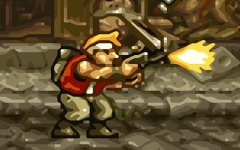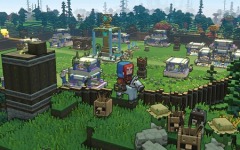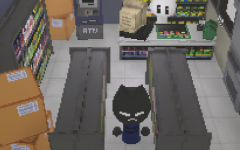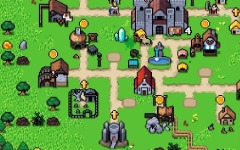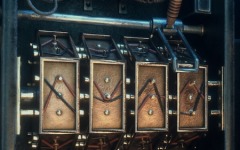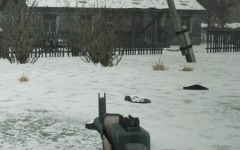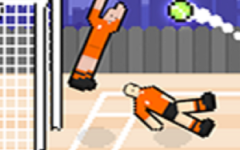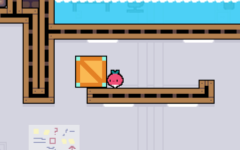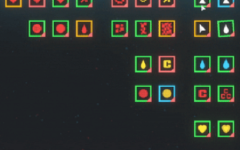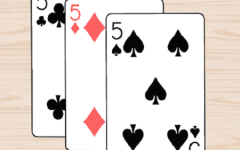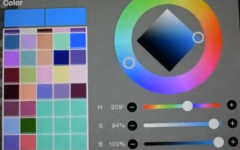Advertisement
Daily Lives of My Countryside
Advertisement

Daily Lives of My Countryside takes place in a quiet rural town where the player controls Callum, a man returning home after years in the city. The story unfolds through simple daily actions—working, talking, exploring, and maintaining relationships. There is no fixed storyline or final goal. Instead, the player defines the pace and priorities of each day. The setting functions as both a backdrop and a system: every building, field, and character plays a role in forming a routine that becomes the main gameplay experience.
Gameplay Mechanics and Daily Progress
The game runs on a loop of short days that repeat and evolve based on the player’s decisions. At sunrise, Callum can choose how to spend time: farming, helping townspeople, or exploring nearby areas. Each task consumes energy and time, which reset after rest. Resource management remains light but constant, requiring balance between work and interaction. Over several days, the town changes slightly, reflecting completed events and growing relationships. The design rewards steady engagement rather than speed, reinforcing the idea of a lived routine rather than a quest structure.
Social and Relationship Framework
A major component of Daily Lives of My Countryside is the system of social interactions. Callum can talk to different villagers, form connections, and unlock unique storylines. Characters respond differently depending on dialogue choices and prior encounters.
Core social systems include:
- Relationship levels that rise through repeated interaction.
- Optional side events that depend on trust or cooperation.
- Dialogue options that modify tone and long-term outcomes.
This framework allows the player to experience various perspectives within the same town, gradually revealing how personal relationships define life in the countryside.
Technical Structure and Visual Composition
The game uses a two-dimensional layout and an RPG Maker-style interface to organize navigation and dialogue. Each location is accessible through simple transitions—houses, paths, and fields arranged in a continuous world. Visual presentation focuses on spatial clarity, keeping movement and environment easy to read. Background music adjusts to the time of day, marking morning, afternoon, and evening cycles. The interface remains minimal: inventory, character stats, and dialogue history appear in overlay menus without interrupting gameplay.





















































































































